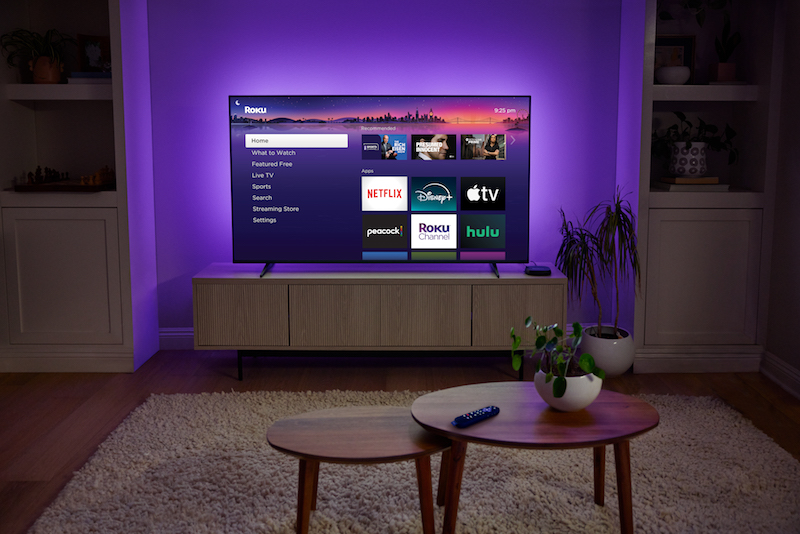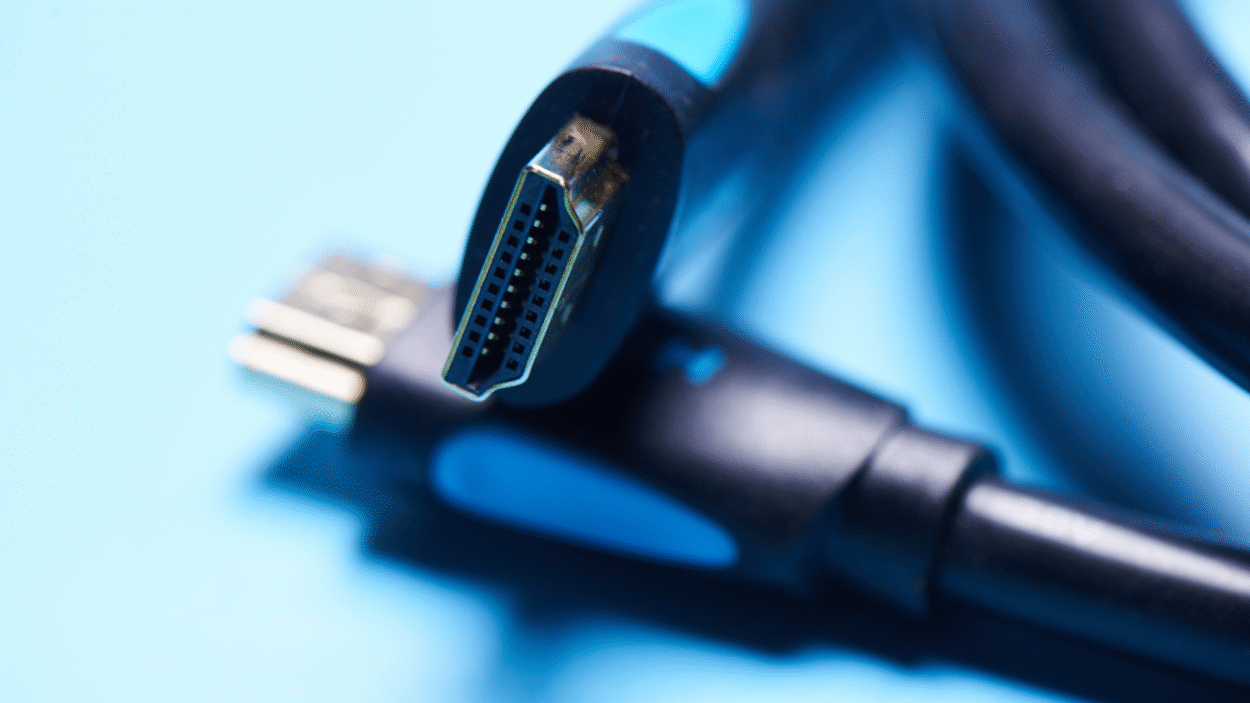With all the attention for consumer access seeming to shift to smart TVs, or as they are called in the media world “Connected TVs” (CTV) it might be easy to forget that external streaming devices not only started the connected TV revolution, but they started it as the streaming expression of the once ubiquitous set top box. New streaming devices don’t seem appear as frequently as they mused to but recently there is a bumper crop.
Google has just started shipping their new Google TV Streamer 4K and Xumo, the joint venture between cable giants Comcast (Xfinity) and Charter (Spectrum) started shipping their own streamer earlier in the summer. I’ve got both of those now in hand and will report on those in a future article. However, a sure sign of new streamers is when Roku, the OG of external streaming devices, updates their models. That is exactly what they have just done with the introduction of the new Roku Ultra. At the same time, the capabilities of all Roku models will also soon be improved with the announcement and pending release of Roku OS14.
It’s no secret that I am a hardware guy, so let’s start with the new Roku Ultra. It keeps the same model name, physical dimensions, and $99.99 price of its predecessor at the top of the Roku line up, but it adds some new key features for better all-around streaming capability.
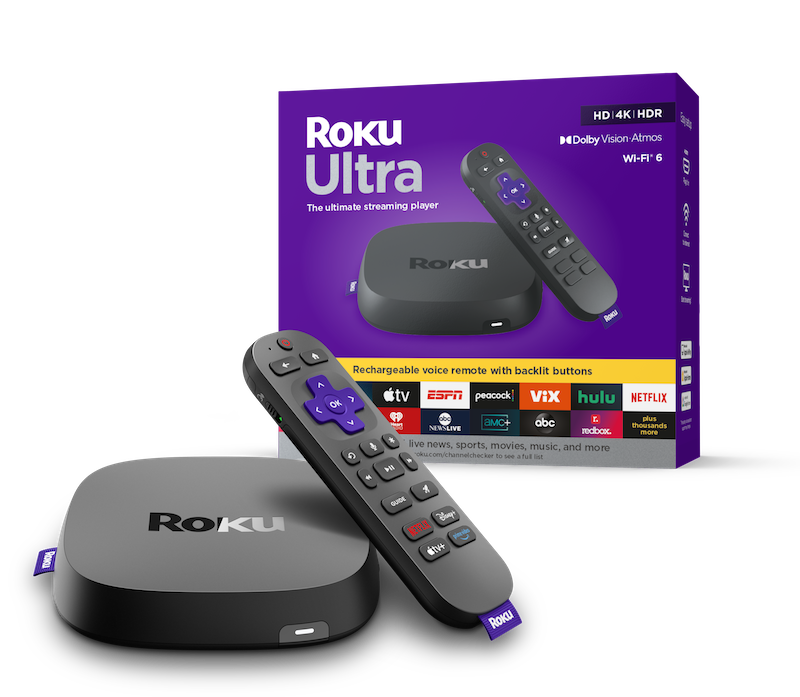
Central to that is an updated processor that is said to be 30% faster for quicker content loading. Streaming connectivity is also enhanced with an upgrade to Wi-Fi 6 (802.11ax). It is worth noting that the new Roku Ultra also retains a wired Ethernet port, something found on the new Google TV Streamer, Fire TV Cube, and Apple TV 4K, but not on available on most of the lower priced streamers. HDMI connectivity is also improved with VRR and QMS as part of the HDMI 2.1 feature set.
VRR is key for gamers, as is Quick Media Switching (QMS) to deliver seamless, judder-free transitions between different content sources or frame rates on compatible HDMI 2.1-equipped TVs. Dolby Vision, HDR-10+, and Atmos are also there when available in the incoming content and the end audio and display sink devices.
Another big improvement is that the Roku Voice Remote P Gen.2 is now backlit and features a programmable Quick Launch button. Press on the Rocket Ship icon and you will be taken to a favorite service or activate a function. Replacing one of the two programmable buttons from the previous design is a Live TV Guide button that will take you to a listing of over 400 free channels. As with the previous model, the remote has a rechargeable battery, but now it has a more modern USB-C port that replaces the older USB-Micro.
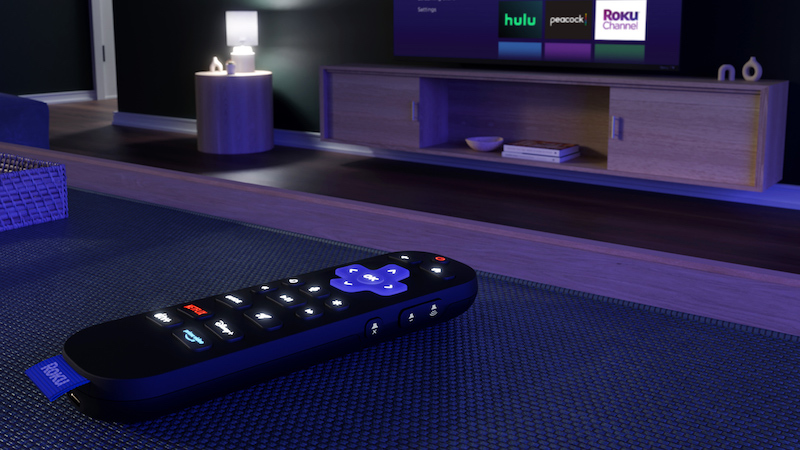
For smart home control, the new Ultra model has “Works With…” compatibility with Alexa, Apple Home, Apple AirPlay, Google Home and, of course, Roku Smart Home. Not listed is Chromecast, which is problematic for those with some Android phones. Hopefully Roku will consider adding that in the future.
A note in Roku’s favor is that the package still includes a premium high-speed HDMI cable, which is something the new Google TV Streamer does not give you. Earbuds are no longer included with the Roku Ultra, but since the new Voice Remote Pro enables connections via Bluetooth to your wireless earbuds or headphones, that shouldn’t be a problem for most users.
The new Roku UItra is available now from Roku.com and will be at major retailers in the coming weeks. With the new Ultra and the Google TV Streamer products now shipping, we’re looking at you, Apple! While the current Apple TV 4K is still a very capable product with unique features and that Apple flair, isn’t it time for a new model? There should be one more Apple product introduction swing this year, so one can hope will see their updated streaming product then.
New Features from Roku OS14
Along with the new Ultra hardware, Roku also has introduced Roku OS14, the latest version of their operating system that will be rolling out over the next weeks and months to most newer Roku streaming products (Series 3600x and 4200 and up), their Stream Bars, and most all Roku TV models.
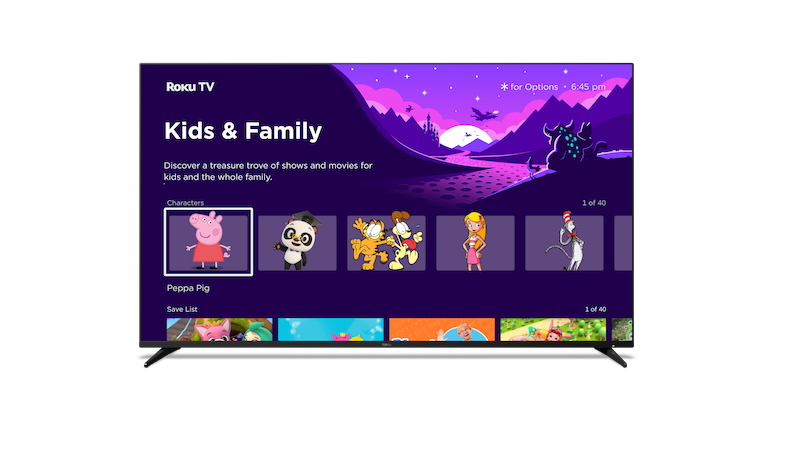
The goal is said to improve the stream experience and that is highlighted by more control capability with Roku Voice Remotes. For example, device settings that previously needed to be adjusted with multiple remote clicks will now be customizable by simple voice commands. Particularly for digital novices and technophobes, this will make device setup and operation, as well as content selection much more pleasant.
Another focus for OS14 is a new emphasis on family-oriented content with a new “Kids and Family” destination zone on the home screen, which aggregates and suggests trending and popular content more suited to children, teens, and families. The new OS also adds “thumbs up” and “thumbs down” icons for content that the viewer has watched, so that the recommendation engine will be better able to target the type of programming favored. The content pages will also now let you check IMDb ratings and watch trailers.
Perhaps recognizing the increasing costs for streaming services, notable in the update is a change to the Live Channel Guide. The guide features a large tranche of free content and channels that is now easier to personalize to the viewer’s tastes and preferences along with more categories that helps you locate your favored program types.
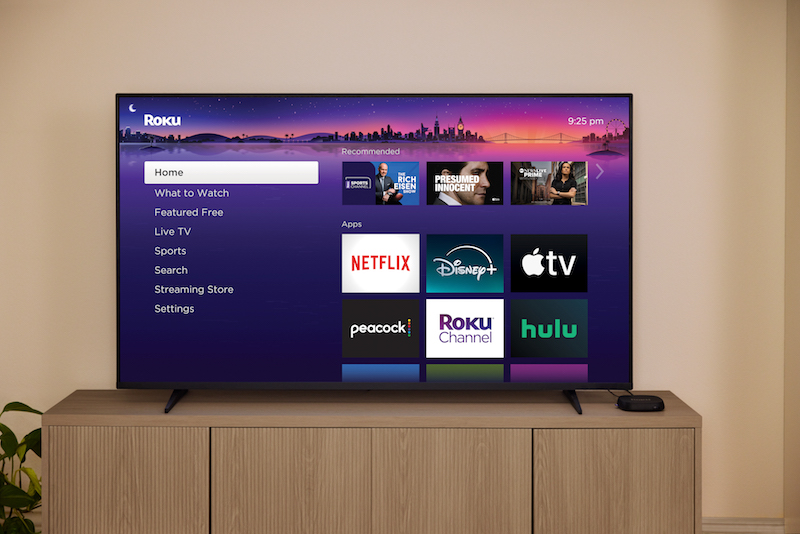
Finally, the iOS and Android apps for Roku are also being updated with a new design that improves content discovery and selection with IMDb ratings, personalization of favorite teams across multiple sports, and access to recently viewed apps without having to go back to the home screen.
Roku has been there since the very start of the streaming content revolution from the device, user interface, and service sides of how most of us now view entertainment, sports, news, and other content. However, having been there through all the changes and advancements Roku is clearly not letting competitors get ahead of them. The new Ultra from the hardware and interface side, and the new OS14 are solid examples of Roku’s leadership in the category.



